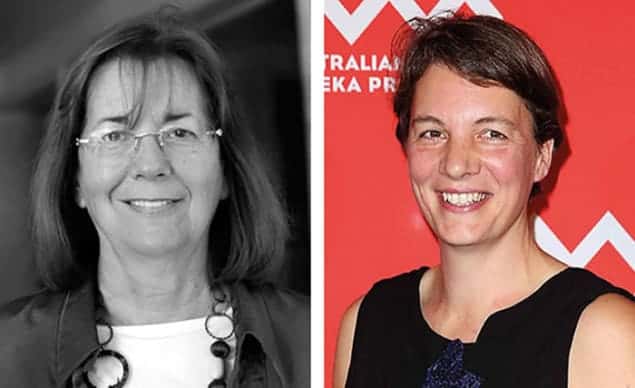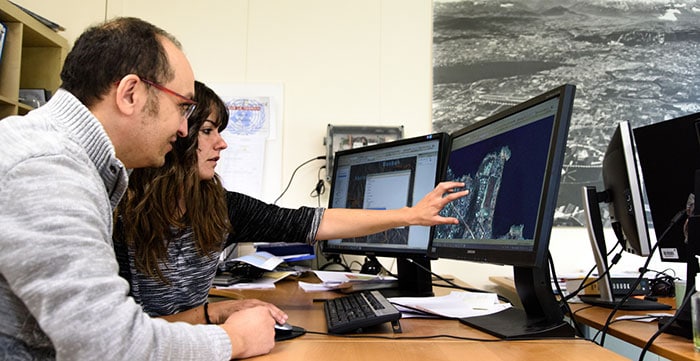Flash Physics is our daily pick of the latest need-to-know developments from the global physics community selected by Physics World‘s team of editors and reporters

Physicists win L’Oréal-UNESCO awards
Two physicists are among the winners of the 2017 L’Oréal-UNESCO For Women in Science Award. The Australian quantum-physicist Michelle Simmons has won “for her pioneering contributions to quantum and atomic electronics, constructing atomic transistors en route to quantum computers”. An award has also been given to the Chilean astrophysicist María Teresa Ruiz, “for her discovery of the first brown dwarf and her seminal work on understanding the faintest stars, including stars at the final stages of their evolution (white dwarfs)”. The award is presented to five female researchers annually, with each winner receiving €100,000. Awards are made on a regional basis, with Ruiz being the laureate for Latin America and Simmons being the Asia-Pacific laureate. Simmons is director of the ARC Centre of Excellence for Quantum Computation and Communication Technology based at the University of New South Wales. Ruiz is director of the Center for Excellence in Astrophysics and Associated Technologies, which is based at the University of Chile.
Graphene protects glass from corrosion
Cloudy wine glasses could be a thing of the past, thanks to researchers at the Institute for Basic Science in Daejeon, Korea. Rodney Ruoff and colleagues have developed a graphene coating that protects glass from the corrosion and weakening that occurs when hydrogen ions from water penetrate the glass surface, causing its silicate structure to dissolve. Graphene could be the ideal coating to prevent glass corrosion because it is extremely thin – just one atom thick – chemically inert, transparent to light and also very tough. Ruoff and colleagues tested this hypothesis by growing sheets of graphene on a copper substrate and then transferring it to both sides of pieces of glass. After 120 days of immersion in hot water, the graphene-coated glass samples suffered no change in fracture strength and surface roughness. In comparison, uncoated samples underwent significant corrosion. “In the future, when it is possible to produce larger and yet higher-quality graphene sheets and to optimize the transfer on glass,” says Ruof, adding “it seems reasonably likely that graphene coating on glass will be used on an industrial scale.” The work is described in Nano Letters.
Humanitarian mapping programme celebrates 15 years at CERN

The United Nations satellite-mapping programme UNOSAT is celebrating its 15th anniversary at CERN in Switzerland. UNOSAT uses CERN’s powerful computer infrastructure to produce extremely precise maps of parts of the world that are experiencing humanitarian crises such as wars and natural disasters – including the recent Hurricane Matthew in Haiti. High-resolution satellite images from public and private sources are stored on CERN’s computer servers. The UNOSAT team then uses the Worldwide LHC Computing Grid to transform the data into maps that are relevant to governments and organizations providing assistance in affected areas. “CERN’s support is essential,” says UNOSAT manager Einar Bjørgo. “Without its powerful IT infrastructure, we wouldn’t be able to compile the satellite data we receive to make it usable.” UNOSAT has also “developed a smartphone application called UN-ASIGN, which allows people to take photos, geo-locate them and share them with UNOSAT”, says Bjørgo.
- You can find all our daily Flash Physics posts in the website’s news section, as well as on Twitter and Facebook using #FlashPhysics. Tune in to physicsworld.com later today to read today’s extensive news story on a mission to Mars



